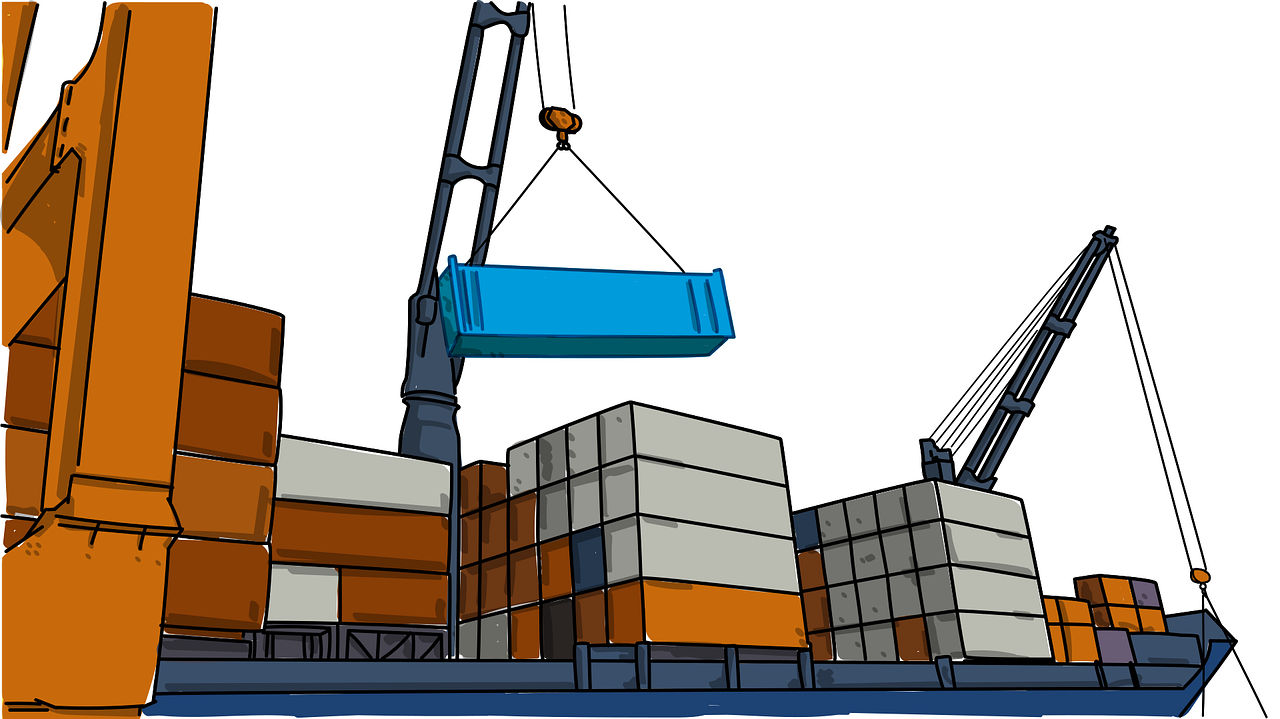
Container handling is a critical component of the supply chain. The right equipment is necessary when moving heavy containers. Whether in shipping, warehousing, or logistics, you need proper handling machinery to guarantee efficiency. Stationary container-lifting systems are some of the best options available for businesses. Not every stationary system is appropriate for every job, though. A task that calls for a gantry crane might not do very well with a vertical loader. So, how can a company decide on the best equipment to purchase? A few key considerations can simplify this decision.
Handling Requirements
The suitability of container-lifting machines depends on how well they fulfil their roles. Therefore, you must define the application of the handling equipment. What types of containers is the system going to lift? Is it an ISO container? From where are you lifting it? Are you loading and offloading ships or trailers? Factor in every requirement to make picking the right stationary system easy. Note that a single lifting solution can meet various needs.
Evaluate the functions of different systems to ensure you are getting the correct one. As you identify handling requirements, do not forget about future-proofing. Consider any expansion the company might undertake. A good system should be scalable, allowing you to adjust it to the evolving needs of the organisation.
Safety and Other Features
Container handling is getting more demanding with time, requiring equipment to have advanced capabilities. Consequently, the features present in a lifting system matter a great deal. Check the latest integrations in the industry and decide which ones align with your lifting requirements. Prioritise safety as well. The right equipment has basic safety measures. While a stationary system is safer than a mobile one, you should still ensure it is safe for use. Make sure the handling solution you pick complies with the relevant standards.
The Overall Cost
Think about the initial investment when choosing container handling equipment to ensure it is within the company’s budget. If you intend to get an advanced system, then be ready to incur considerable upfront costs. The total cost of ownership is another aspect to keep in mind. Calculate how much running the machinery will cost over time. Does setting it up require additional infrastructure? For example, you may have to reinforce the site where the equipment will operate. Evaluate the expected operator training and certification costs. Find out about downtime costs and the safety improvements needed over time. While calculating the cost of ownership, analyse the equipment’s overall return on investment.
Power Source
The power used to operate a system should never be an afterthought. An equipment’s efficiency and output depend on its power source. You want powerful equipment that handles the intended workload. Container-lifting systems can be hydraulic, electric, or diesel. Hydraulic solutions are some of the most suitable for heavy use. They are versatile and offer great lifting power. Compare the fuel efficiency of every stationary machine to find the best option.
Your choice of equipment determines the efficiency of the container handling process. Before deciding whether to get a vertical loader, gantry crane, or tipping platform, ensure it is the right investment. Consider aspects like safety features, power source, and cost of ownership when comparing container-lifting machines.
Interesting Related Article: “Procedure to Choose the Precise Shipping Container for Storage“
